Energy Efficient Tax Credits and Incentives Pay Back in Big Ways With SIPs
Opting for SIPs not only results in high-performing buildings that are stronger and healthier, but it also opens the door to..
Premier SIPS has quickly become the #1 go-to prefabricated framing system for energy efficient structures.
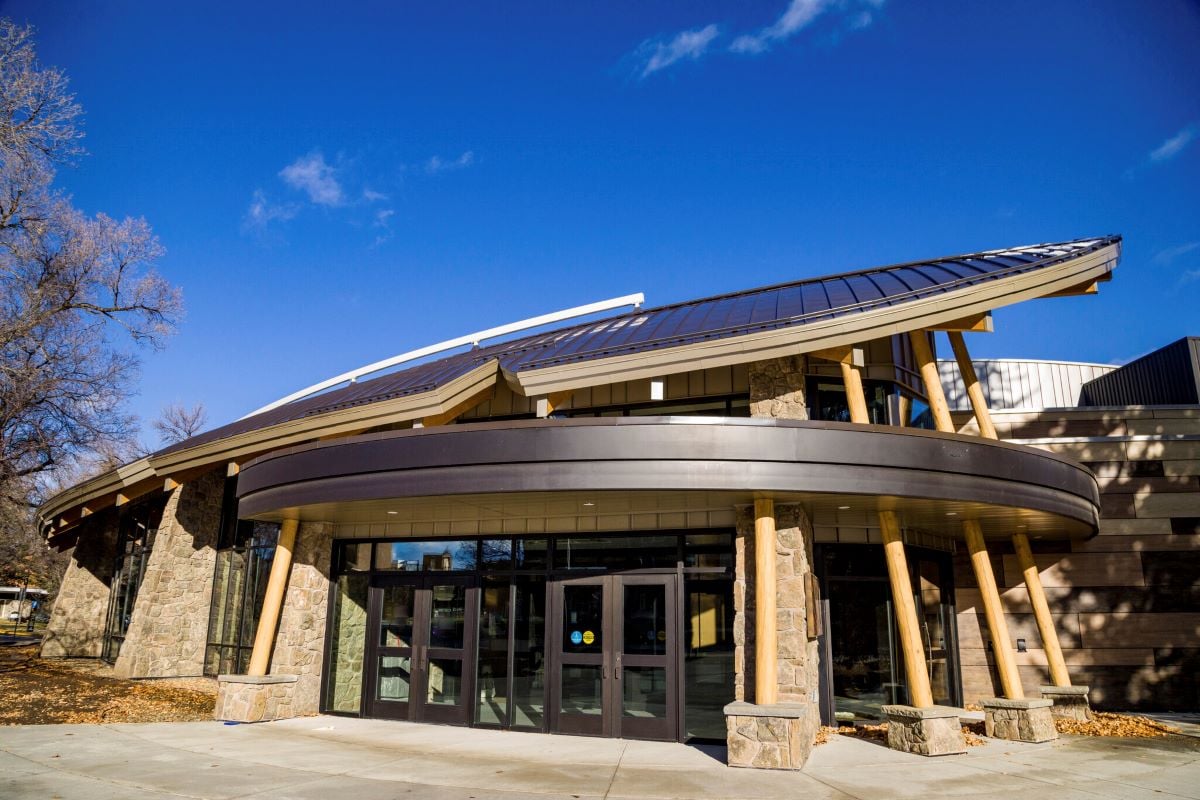
Energy consumption by residential and commercial buildings represents most of the energy consumption in the United States. With buildings consuming a whopping 39% of energy in the U.S. (and 38% of carbon dioxide emissions into our environment), the building industry has an opportunity and responsibility to switch up outdated methods and build for the future. Not to mention make an impact with environmental responsibility!
As builders and designers are looking to build structures with greater energy efficiency, Structural Insulated Panel Systems (SIPs) offer a turnkey sustainable solution. SIPs are one of the most airtight and well-insulated building systems available, making them an inherently green product.
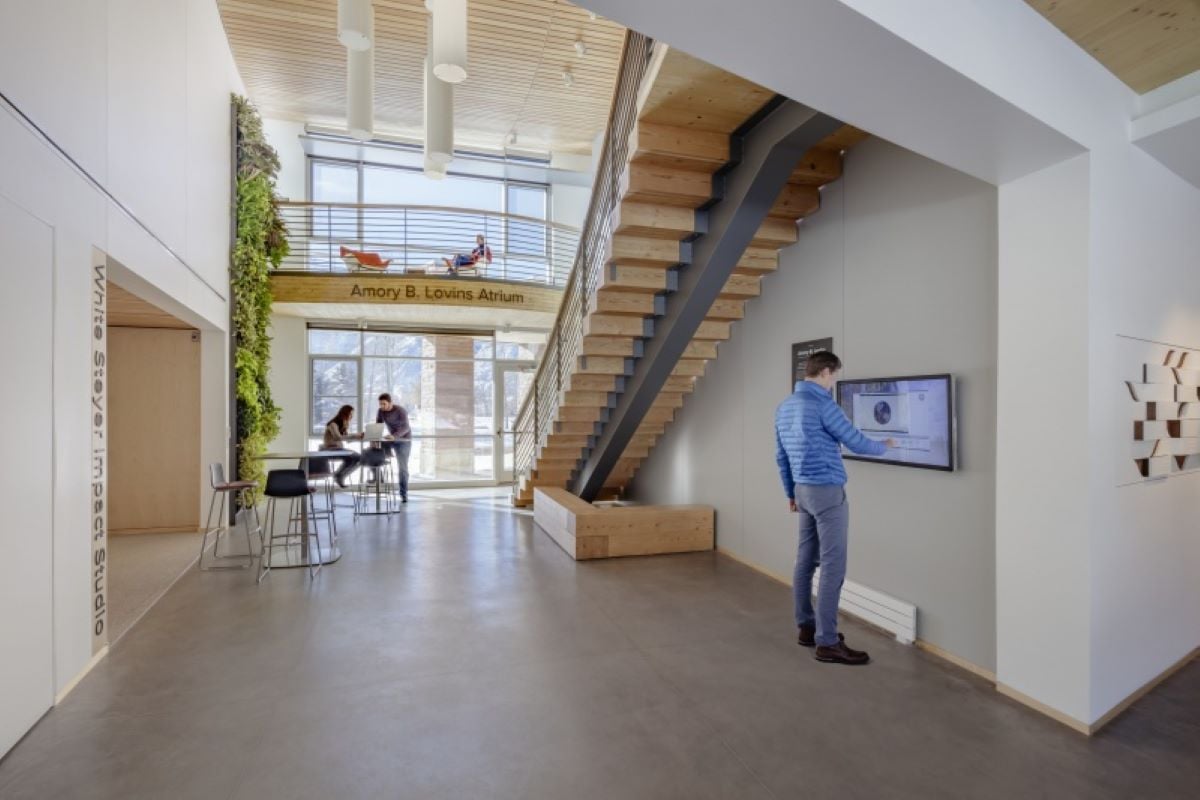
Energy codes are changing, and SIPs are the turn key solution to meet them. The advantages of SIPs over traditional stick-framing methods are clear, as they are proven to be 40-60% more energy efficient, serve as continuous insulation required by new 2021 energy codes, and reduce construction waste by 30% or more.
California's state-wide law is one of the most innovative programs. Its Title 24 legislation, implements new “Building Energy Efficiency Standards” that requires new construction projects meet high energy efficiency requirements. SIPs are recognized as being compliant for these stringent energy standards.
Since government agencies recognize the significant environmental difference in high-performance framing methods like SIPs, shouldn’t you?
SIPs structures are 40-60% more energy-efficient than outdated site framing. Combine with solar or renewables for easy Net-Zero Energy projects, thanks to a superior building envelope with high thermal resistance and minimal air infiltration.
SIPs are made with EPS (or higher R-value GPS MAX) insulation and OSB, requiring less energy and raw materials than other systems. Factory fabrication ensures optimized and precise material efficiency.
Premier SIPS cut job site waste by an average 30%. Utilizing advanced offsite construction tech and automation, SIPS factory fabrication optimizes material use and reduces excessive landfill waste.
Premier SIPS are Clean Air Gold Certified in most applications, contributing to occupant health. The airtight envelope limits pollutant infiltration, and controlled ventilation filters out contaminants and allergens, as well as reduces the risk for mold growth.
Premier Structural Insulated Panels are certified free from harmful VOCs and chemicals. The core components of SIPs are 100% recyclable and meet the most strict indoor air quality standards.
Premier SIPS pass third-party tests for loads, strength, seismic performance (Zones A-F approved), and hurricane-force winds. The SIPs industry has gained approval for Florida's strict HVHZ, they're used in high wind designs exceeding 180 mph.
Airtightness and energy efficiency help SIPs meet the various sustainable building standards. SIPs structures easily meet Energy Star, DOE Zero Energy Ready, Passive House standards and more. From a Green Building Code perspective, SIPs in residential structures meet and exceed the NAHB National Green Building Standard ICC-700 2020. In commercial and residential projects SIPS contribute up to 47 points towards achieving LEED Certifications. Passive certification strategies and Net-zero energy projects often use SIP building envelopes as their structural & thermal foundations. Case studies of just a few certified green projects follow.
3 Palms Oceanside, Malibu - LEED Platinum, Net Zero Energy
American Indian Hall, Bozeman - LEED Platinum
East 18th Residence, British Columbia - Passive Certified
Pax Futura Apartments, Seattle - Passive Certified Multifamily
Lucrative tax incentives, energy efficient mortgage savings, and higher real estate values are just a few of the ways that owners of energy efficient buildings are taking advantage of building sustainably with Premier SIPS. See the quick Q&A and links below for more information on taking advantage of designing and building energy efficient and Net-Zero energy projects with Premier SIPS.
1). Federal Incentives - View the full information here. 45L & 179D tax incentives are available to residential and commercial projects. 45L qualifies residential projects for up to $5000 per dwelling unit to the contractor. 179D offers commercial building designers and owners up to $5/sf. Non-profit, government & tribal projects also qualify for 179D (new in 2023). Multifamily projects are often able to combine both 45L & 179D - plus affordable housing tax incentives.
2.) Regional & State Incentives - The Database of State Incentives for Renewable s & Efficiency (DSIRE) is a comprehensive source of information on state, local, utility, and federal incentives and policies that promote renewable energy and energy efficiency. Visit the DSIRE website and click on your state for more local inventive information.
3). Dive into more than the building envelope: Tax Incentives Assistance Project (TIAP) is designed to give consumers and businesses information they need to make use of the energy efficient tax incentives for using products and technologies.
1). Federal Incentives for Residential Projects - View the full information here. 45L qualifies residential projects for up to $5000 per dwelling unit to the builder. Energy modeling with approved software is required, and details for applying/receiving 45L is outlined in the link above.
2.) Regional & State Incentives - The Database of State Incentives for Renewable s & Efficiency (DSIRE) is a comprehensive source of information for U.S. state, local, utility incentives for choosing to build with energy efficiency. Visit the link above and enter your building site zip code for specifics.
1). Federal Incentives for Commercial Projects - View the full information here. 179D qualifies commercial projects for up to $5/sf to the owner or building designers. This credit may also be taken every 3-4 years. Energy modeling with approved software is required, and details for applying/receiving 179D are outlined in the link above.
2.) Regional & State Incentives - The Database of State Incentives for Renewable s & Efficiency (DSIRE) is a comprehensive source of information for U.S. state, local, utility incentives for choosing to build with energy efficiency. Visit the link above and enter your building site zip code for specifics.
Yes. The energy efficiency criteria varies. The scale of the tax credits or deduction could be less than the maximum offered based on actual energy performance. View the sliding scale range, and criteria for earning different residential & commercial incentives here.
Choosing SIPS offsite construction and building with high energy efficiency can also help owners qualify for an Energy Efficient Mortgage. An EEM takes into account the cost savings that accrue to the homeowner as a result of lower utility bills. The value of utility savings is used by the lender to provide more favorable financing terms to the borrower, such as a better debt-to-income qualifying ratio that enables the borrower to qualify for a larger loan amount and incentives homeowners to build with high energy efficiency.
To obtain an EEM a home must be energy rated through a lender approved program (Energy Star, Net-Zero Energy, LEED, Passive, etc) or the borrower must have a energy assessment or rating (known as HERS Rating) before financing is approved. Energy certified programs or an energy assessment verifies for the lender that the home is energy-efficient or will be energy efficient after energy efficient improvements are completed, and provides the lender with the estimated monthly energy savings and the value of the energy efficiency measures — known as the Energy Savings Value. EEMs are sponsored by federally insured mortgage programs (FHA and VA) and the conventional secondary mortgage market. Lenders can offer conventional EEMs, FHA EEMs, or VA EEMs. Learn more about the different mortgage types from Energy Star.
The Home Energy Rating System (HERS) Index is the industry standard by which a home’s energy efficiency is measured. It’s also the nationally recognized system for inspecting and calculating a home’s energy performance.
To calculate a home’s HERS® Index Score, a certified RESNET HERS® Rater does an energy rating on your home and compares the data against a ‘reference home’– a designed-model home of the same size and shape as the actual home, so your score is always relative to the size, shape and type of house you live in.
Each assessed home receives a performance score (the HERS® Index Score) from a scale of 0 to 150. With HERS, the lower the score, the more energy-efficient the home, and every one-point fluctuation represents a shift in the property’s energy efficiency by 1%.
The U.S. Department of Energy has determined that a typical resale home scores 130 on the HERS® Index while a home built to 2006 energy efficiency standards scores 100.
A home with a HERS® Score of 0 qualifies a home to be Net-Zero Energy, which means the home produces as much energy through renewable resources, such as solar panels, as it consumes. Most Net-Zero energy homes must have an extremely energy efficient building envelope to best use and conserve the energy generated with renewable sources. Which is why many Zero Energy projects are built with Premier SIPS.
A home with a HERS® Index Score of 70 is 30% more energy efficient than the RESNET Reference Home.
A home with a HERS® Index Score of 130 is 30% less energy efficient than the RESNET Reference Home.*
View the full HERS rating scale to learn how a HERS score can affect your energy costs, and other potential incentives from RESNET here.
Each of the sustainable construction methods pay off primarily because they offer little to no heating, cooling, or operational costs for the life of the building.
A Zero Energy building is one that generates more energy than it consumes. Eliminating fossil fuel consumption, carbon dioxide emissions (CO2). The building is made as air-tight and well-insulated as possible and uses highly energy efficient heating and cooling systems, hot water system and appliances. After all the energy saving measures have been taken, sufficient solar electric panels (or another renewable energy generation option) are added to balance the amount of energy produced with the amount of energy used over the course of a year.
A Zero Energy Ready building is one that is built to the same energy saving standards as a zero energy home and has the roof space and all the fixtures installed ready for solar installation However, the solar panels and inverter are not installed at the time of construction. It is energy efficient enough to operate independently when a renewable solar energy source is added.Team Zero from the Energy Efficient Building Alliance is a wonderful resource for learning more on Zero Energy Construction.
Positive Energy Buildings take Zero Energy to the next level and are able to generate more energy than needed operate the building. Positive energy buildings often sell power to local utilities, or offer a surplus of energy to help operate neighboring homes & communities. The pioneers of Positive Energy construction are wonderful partners of Premier SIPS. Our portfolio offers many case studies of Positive Energy projects.
A Net-Zero Building incorporates all of the principles of a Net Zero Energy building and also does not drain freshwater supplies or fill landfills and oceans with waste.
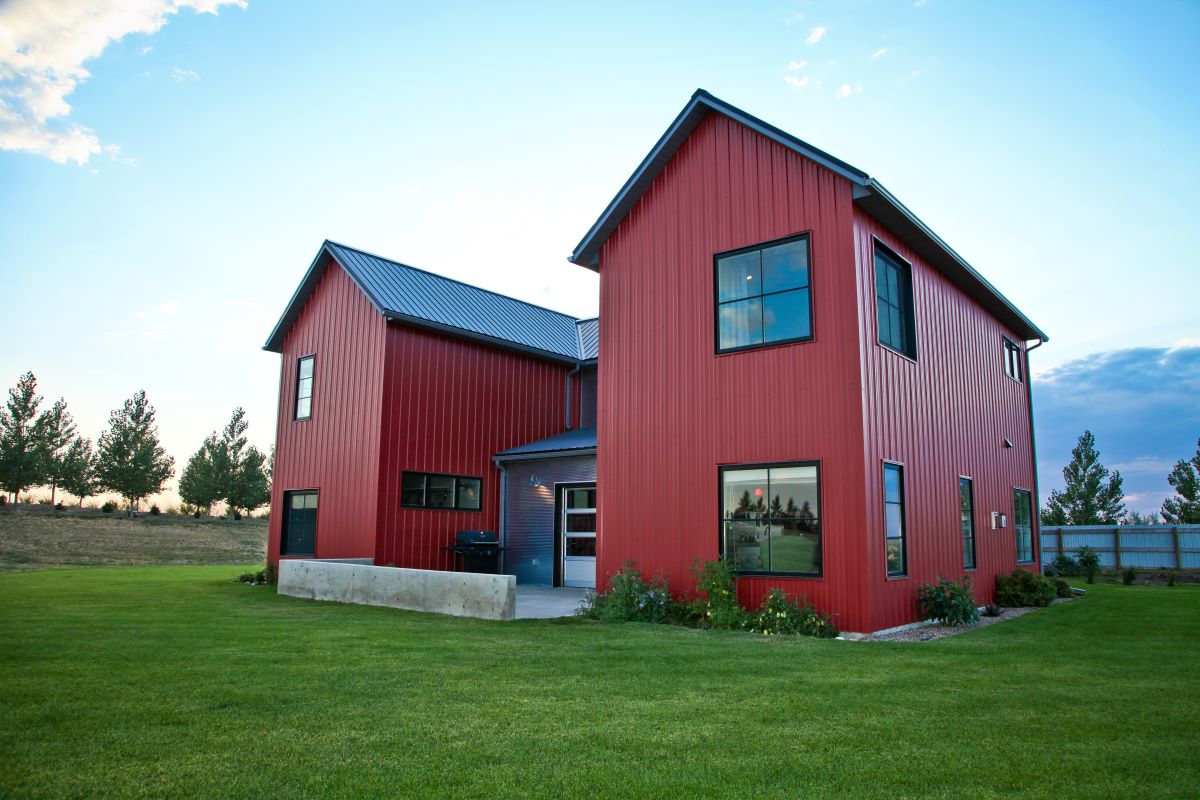
We take environmental responsibility seriously; it’s a top-down approach about much more than just our products. See why Premier Building Systems is a true “Green” company.

Opting for SIPs not only results in high-performing buildings that are stronger and healthier, but it also opens the door to..
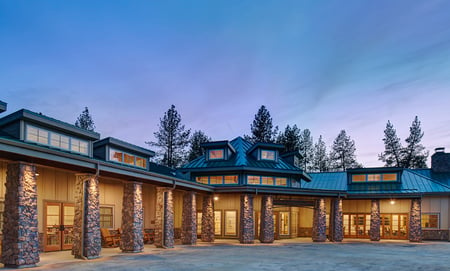
Since buildings consume 80% of our energy, it makes sense that we want to try to reduce the energy required to heat and cool..
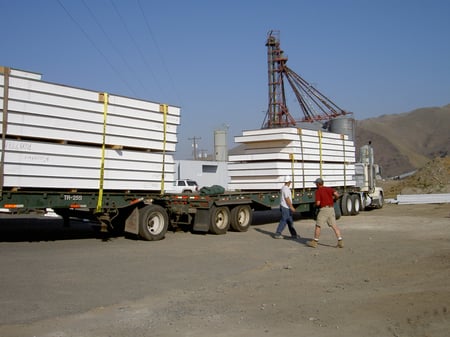
Our SIP panels offer higher R-values, contributing to increased energy efficiency, lower heating and cooling costs, and..

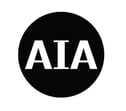






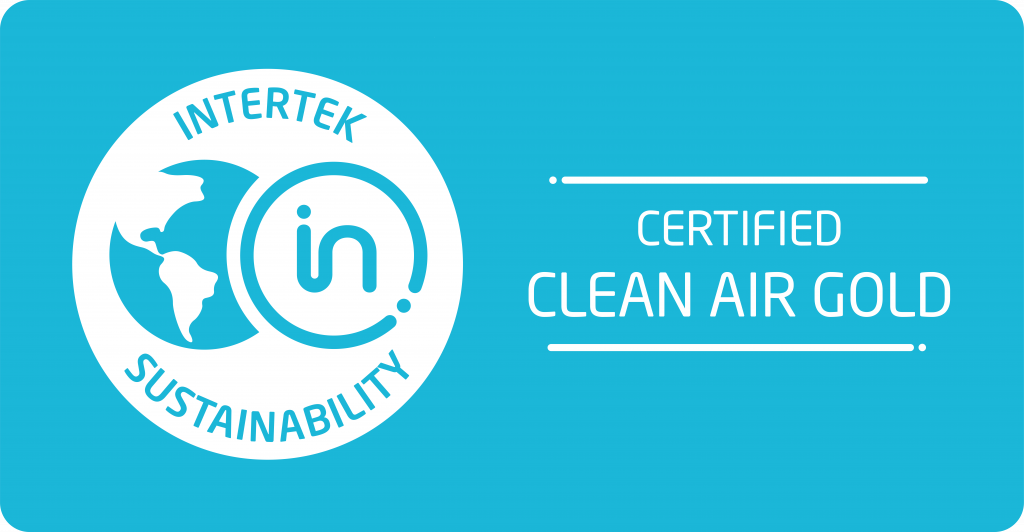

As the oldest manufacturer in the SIPs industry, Premier’s SIP system is the proven prefabricated building envelope framing system for your next commercial or residential structure. Faster, stronger, and greener than outdated lumber framing methods, SIPs are the future of framing. Join the other thousands of structures built with SIPs, and contact the expert in your local region to get started.